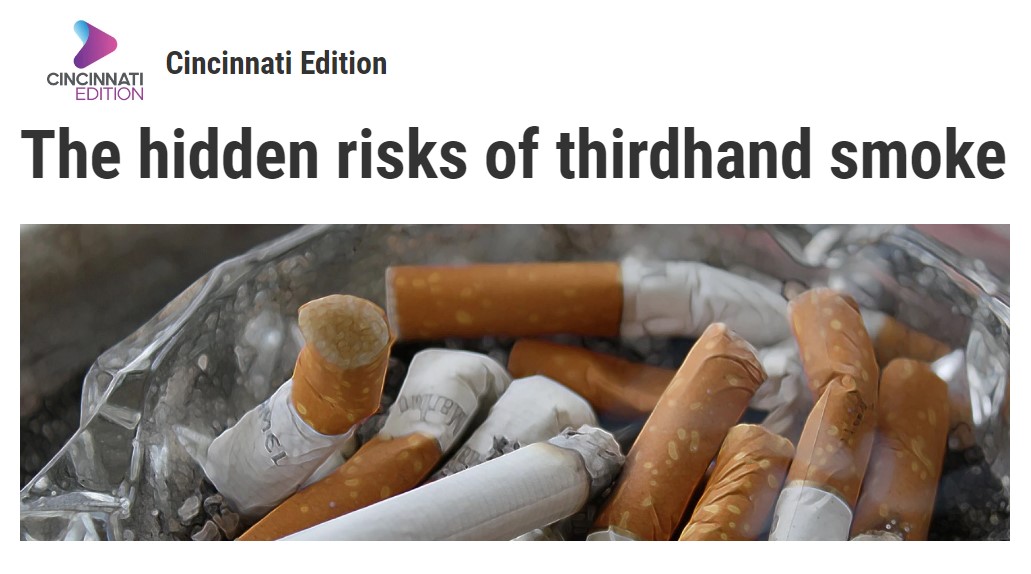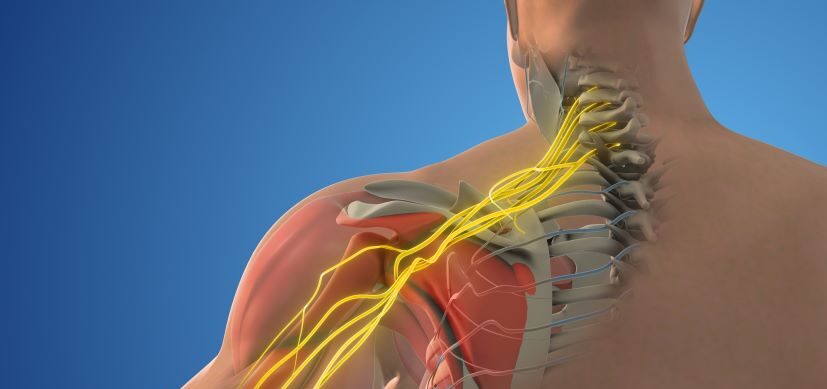Potent Carcinogen Detected in Third-Hand Smoke Residue
Research By: E. Melinda Mahabee-Gittens, MD, PhD
Post Date: February 2, 2024 | Publish Date: Dec. 16, 2023

A known, potent carcinogen found specifically in tobacco smoke shows up within the reach of more children than many might expect—even when families restrict or ban smoking inside the home.
In addition, these unhealthy residues can hang around for years, thus potentially exposing new residents to health risks even after prior smokers move out.
New findings, recently published in the Journal of Exposure Science & Environmental Epidemiology, add to a growing body of evidence that third-hand tobacco smoke exposure poses health risks independently from directly smoking tobacco products or breathing air contaminated by smokers (second-hand exposure).
The study was led by first author Ashley Merianos, PhD, University of Cincinnati, and senior author Melinda Mahabee-Gittens, MD, PhD, Division of Emergency Medicine at Cincinnati Children’s. Both are research affiliate members of the Thirdhand Smoke Research Consortium.
The team reports finding the tobacco-specific nitrosamine NNK on surfaces in nearly half of the homes tested in the study. The team also found nicotine on the same surface and dust samples.
Detectable NNK levels were found, as expected, in homes where indoor smoking had been allowed. But residues also were found in homes with indoor smoking bans, indicating that NNK can be a persistent third-hand smoke pollutant.
“This is critically important and concerning, since NNK is considered the most potent carcinogen for tobacco-induced cancers,” Merianos said in an article posted on the UC News website.
“We have conducted research at Cincinnati Children’s and the University of Cincinnati showing that the third-hand smoke residue that is left in environments may be causing some of the same associations as with inhaling second-hand smoke,” Mahabee-Gittens said during an interview with WVXU. “It seems like younger children are the most at risk, especially children of toddler age.”
Read more tobacco exposure findings on the Research Horizons science blog
Health concerns include allergy exacerbations, weakened immune reactions to infections, and other effects on the liver, lungs, brain, and reproductive system.
Both experts say that before-and-after testing has shown that third-hand smoke residue is extremely difficult to completely eliminate, especially from used vehicles previously owned by smokers. However, child exposures can be reduced by replacing old carpet, upholstered furniture, and older stuffed toys if an adult resident smokes. Frequent vacuuming and dusting, repainting walls, and other steps also can help.
Listen to the Cincinnati Edition show
Learn more about the health risks of third-hand tobacco smoke exposure
| Original title: | Contamination of surfaces in children’s homes with nicotine and the potent carcinogenic tobacco-specific nitrosamine NNK |
| Published in: | Journal of Exposure Science & Environmental Epidemiology |
| Publish date: | Dec. 16, 2023 |
Research By

My team’s research has focused on youth tobacco prevention; tobacco smoke exposure reduction in children and parental tobacco cessation interventions; and the collection and analysis of child biological samples, environmental samples and national secondary data to assess the effects of secondhand smoke exposure, thirdhand smoke residue exposure, and electronic cigarette aerosol exposure on children.







